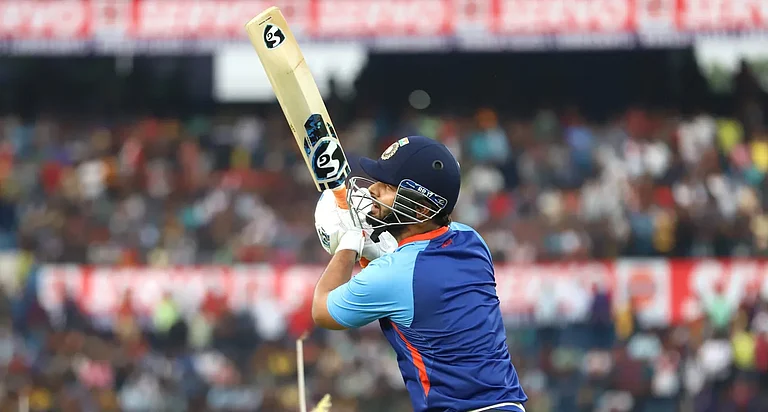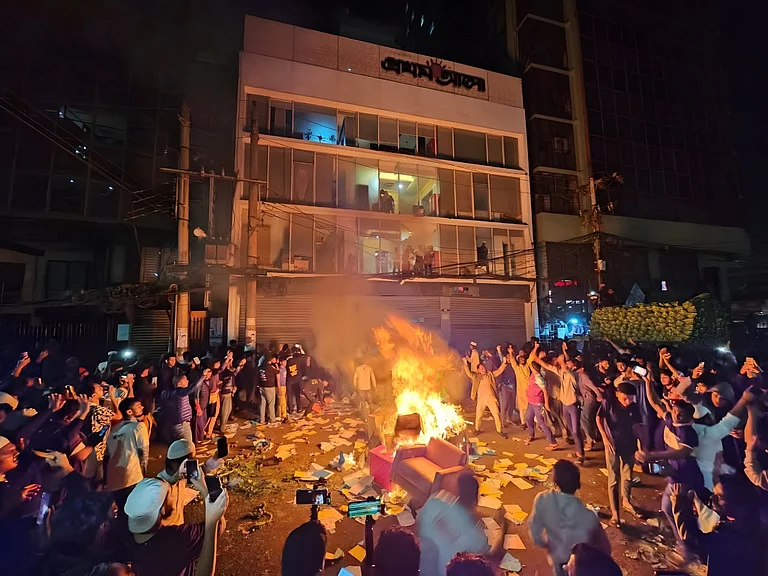The terrain on the western front is diverse—ranging from mountains and plains to deserts. It is divided into the northern and southern sectors. Jammu and Kashmir was the responsibility of the 15 Corps, Thakurpur-Pathankot-Samba was with 1 Corps, and 11 Corps was responsible for the defence of Punjab and Ganganagar district of Rajasthan. The Bikaner and Kutch sectors had both regular infantry and Border Security Force with little armour or artillery support.
The war was initiated by Pakistan in the Western Sector by pre-emptive air strikes on ten of India’s air bases. Pakistan wanted to open a front along the India-West Pakistan border to capture maximum territory in Jammu and Kashmir, Punjab, and Rajasthan through these pre-emptive strikes. The captured territory was to be used as a bargaining chip in the negotiations after an anticipated ceasefire—it was expected that there was bound to be a ceasefire forced upon by the international community. In East Pakistan, they adopted a holding role by strengthening their forces to stall any major Indian thrust into East Pakistan, long enough for the UN and other countries to intervene and force a cessation of hostilities.
ALSO READ: And Thus A Desh Was Born
India envisaged a holding role in the west and main operations on the eastern front. However, to offset certain Indian vulnerabilities, such as communication lines between Jammu and Pathankot and infiltration channels into the Valley, limited offensives were also planned in Punjab, Pakistan-occupied-Kashmir, Shakargarh Bulge, Chicken’s Neck etc. India’s posture was basically offensive-defence with the aim ‘to counter, as decisively as possible, against any invasion from Sindh and Punjab’ and incursions into J&K. While India was ‘offensive-defensive’ on the west, there were also orders for not accepting any loss of territory. This led to a stretch of resources.
India could secure the Srinagar-Leh road and enemy infiltration was also prevented. Interestingly, Pakistan tried to capture Poonch again in 1971 despite two failed attempts in 1947 and 1965. Its attempts were foiled yet again. The capture of Poonch would have meant easier access to the Valley. One of the main weaknesses of Pakistan on this front, the line of communication from Karachi to Lahore that ran parallel to the border with India—leaving it extremely vulnerable to Indian offensives—was not exploited by India. While Pakistan could capture some territory in Chhamb, Hussainiwala, and Fazilka, it lost much more in Shyok Valley, Kargil, Chicken’s Neck, Shakargarh, and Barmer areas. Hence, Pakistan’s intention of using occupied territory as a leverage in negotiations could not materialise.
ALSO READ: To The East We Went and Won It For Them
Pakistan’s victory at Chhamb had less to do with its plans or tactics being superior, but more with last-minute orders for reversal of Indian posture from offensive to defensive. With plans for an offensive action, Indian troops were occupying a ‘firm base’ in Chhamb. A firm base is not a conventional defence, it is a temporary defence with no obstacles like barbed wires or mines. In fact mine-laying had just started when the enemy attacked. While the decision to reverse the posture may have been taken slightly earlier, the troops on the ground received the order only around 4.30 pm on December 3, 1971, and the enemy attacked by 8 pm. Despite such odds, the Indian Army withstood enemy attacks for three days. Meanwhile, the reserves were able to reach and fortify Manawar Tawi. In the end, the enemy could not achieve its objective of reaching Akhnur Bridge. For this feat, 5 Assam was awarded the Battle Honour Chhamb.
Ultimately, a unilateral ceasefire was declared by India in the Western Sector on December 17, 1971—fifteen days after the commencement of operations. In retrospect, the decision to stop operations was perhaps not the best. The Indian forces on the western front were fully prepared to recapture lost territory, especially Chhamb, and that would have been achieved had the war stretched for another three days.
(As told to Kanchana Ramanujam. Views expressed are personal)
ALSO READ
Maj. Gen. (retd) P.K. Puri Company Commander of 5 Assam Regiment, which fought the 1971 war at Chhamb





















